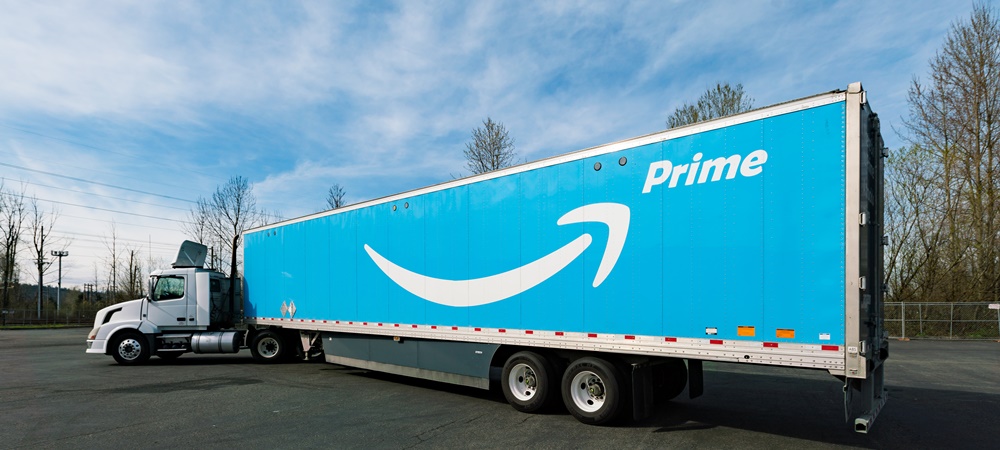Membership program Amazon Prime gives customers access to a range of benefits.
It’s official—Amazon is coming to Australia. After months of speculation, the online giant, dubbed the ‘country killer’ by analysts at investment bank Morgan Stanley, has finally confirmed its plans to expand down under.
While we’re still waiting on the exact details, what we do know is that, once it arrives, Amazon’s low prices, vast product selection and fast delivery will shake up the Australian retail environment.
In the US, shoppers can purchase almost anything from Amazon including groceries, homewares, fashion, electronics and furniture.
The retailer also offers a membership program, Amazon Prime, which gives customers access to a range of benefits including free two-day shipping (or same day and two-hour delivery in major cities); unlimited access to Amazon’s music and video streaming services; and one-hour restaurant delivery in select locations.
Then there are all of Amazon’s other offerings like grocery delivery service Amazon Fresh and smart home device Alexa that can play music, make calls, give you a weather report, control your home appliances and purchase products (or order you a pizza), all using voice control.
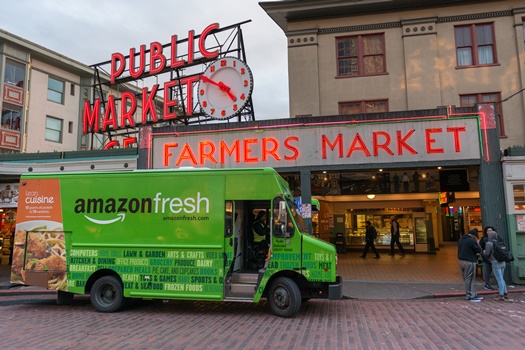
Amazon offers a grocery delivery service.
Australians are already very familiar with the Amazon brand. Not only did the retailer launch a dedicated Australian site in 2012 selling mainly books and kindles, but Morgan Stanley estimates Australians currently purchase about $1 billion worth of product a year from overseas Amazon sites.
Appetite for a local operation is high, with Nielsen reporting that most Australians aged 18 years and older (56 per cent) say they are likely to purchase from an Australian Amazon site. The products they are most likely to buy include electronics (67 per cent), books (61 per cent) and clothing (59 per cent).
In a statement announcing its southern hemisphere expansion plans, Amazon said its “next step” is to bring a retail offering to Australia. It has appointed a country manager, confirmed its intention to open a fulfilment centre in Melbourne’s Dandenong South and is recruiting local staff.
“We are excited to bring thousands of new jobs to Australia, millions of dollars in additional investment, and to empower small Australian businesses through Amazon Marketplace,” Amazon said.
“We are optimistic that by focusing on the things we believe customers value most—low prices, vast selection, and fast delivery—over time we’ll earn the business of Australian customers.”
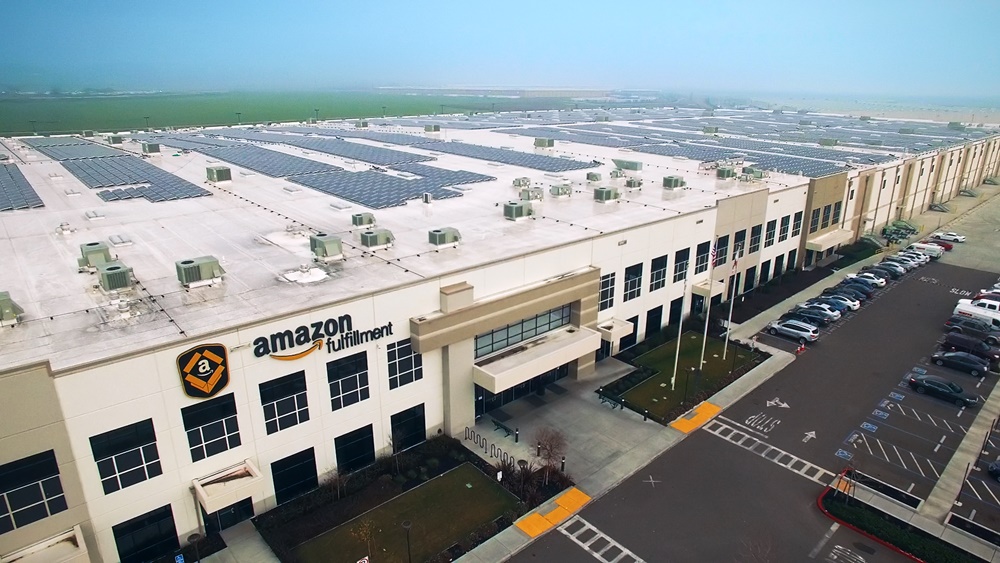
The retailer has confirmed its intention to open a fulfilment centre in Melbourne’s Dandenong South.
Although it’s impossible to predict the scale of Amazon’s impact before it arrives, financial experts are already discussing the damage it could cause to large retailers like Myer, Kmart, JB Hi-Fi and Harvey Norman.
Tom Kierath from Morgan Stanley’s retail team said Wesfarmers will suffer a $400 million hit to earnings by 2026 because of the online retailer.
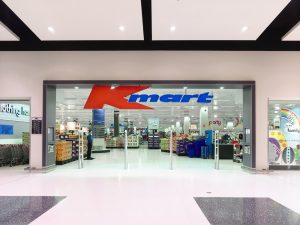
“We believe that Wesfarmers’ department store businesses Kmart and Target are particularly susceptible as Amazon rolls out its first party product and Prime offer,” he said.
“The Australian department stores look far more exposed than leading speciality retailers, in our view, because Australia is over-built with department stores compared with other developed markets; the department stores’ long leases mean they can’t close stores as they become unprofitable; their online offer is weak by department store standards; and they generate a disproportionate percentage of sales from apparel, a category where Amazon is successful.”
Analysts at financial services company Credit Suisse also believe Amazon will have a big impact, predicting it will reach a better than five per cent market share in many retail categories within five years of arriving in Australia.
“Almost anything that can be put in a small box is likely to be vulnerable to Amazon,” said analysts Grant Saligari and Troy O’Dwyer.
“The entry of Amazon challenges the economics of established business models in many ways, some obvious and some more subtle.”
Overseas examples
Looking to overseas markets where Amazon has set up shop, the most common responses from established retailers have been to reduce prices, increase their ranges, do more business online and reduce their investment in stores, however, many have not been successful.
“When quizzed, the common response from competitors of Amazon was that they felt that they had to defend what they had and worry about the profit implications later,” saidthe analysts.
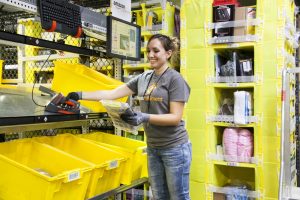
Commonwealth Bank national manager retail Jerry Macey also said local retailers should consider the impact Amazon has had on other markets.
“Many Australian retailers remain unprepared for Amazon’s arrival, or may be understating the potential impact that Amazon’s presence will have in Australia,” he said. “This is somewhat concerning when you consider the impact Amazon has had on the US and other very mature retail markets.
“The reality is most retailers can’t effectively compete with Amazon on factors like delivery times and pricing, particularly when Amazon can sustain losses in the short term.”
Amazon Australia and local retailers
Retail expert Debra Templar said larger retailers will be “hit on margins, profit and slowness of uptake of online”.
“I also think we are going to see more and more shops drop out of shopping centres and big department stores are really going to cop it.”
While larger retailers may be hurt by Amazon as they attempt to compete on price and convenience, Templar says smaller retailers shouldn’t be drastically affected, but they do need to be prepared.
“Until Amazon gets here we’re not going to know for sure [what the impact will be], but we should know what could happen and get ready for it,” she said.
“We keep hearing a lot of big retailers speak about omnichannel. The average customer doesn’t think about a channel, they just think ‘How can I get what I need?’ So the more platforms SMEs [small and medium enterprises] have the better.”
This means not just having a bricks-and-mortar store but also a website (with ecommerce capabilities), a Facebook page, Instagram and your own customer database.
“[This] is particularly important for SMEs who aren’t open seven days a week,” said Templar. “People who want to shop are either going to shop online or go somewhere that’s open—all the power is in the customers’ hands.”
SMEs can still thrive
There will also be the opportunity for small businesses to use Amazon as another channel by signing up to Amazon Marketplace. Some Australian businesses already sell via the US site in order to reach an international audience and the company said sales through Marketplace now represent 50 per cent of all items sold on Amazon websites globally.

Templar said that to safeguard your business against Amazon, retailers need to “do the basics”.
“Get online, regularly use social media, have a customer database that you’ve segmented and regularly contact, and have fantastic service in store.”
Because most small businesses can’t compete with Amazon on delivery times or the number of products available, Templar said they should be “kings and queens of personalised service”.
There are five ways to do this. “Make sure you really enjoy what you do, employ the right people for the right job, be prepared to like people, know what you have in stock (really know your product knowledge) and be patient with people,” said Templar.
“People still like to have an experience when they walk into a business. The personalised side of things is the biggest advantage small guys have—they need to maximise it big time.”
Want the latest retail news delivered straight to your inbox? Click here to sign up to the retailbiz newsletter.

